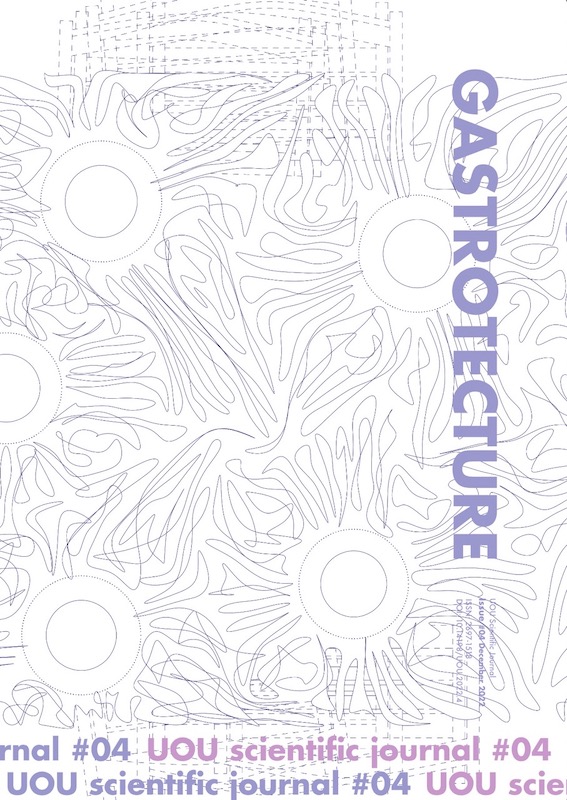RootSkin - from soil to soil
Abstract
Food and architecture have always been intertwined. When humans started to build settlements, we began to dictate where the food would be grown. Simultaneously, natural resources such as water, light and nutrients dictate how a plant grows. When a climbing plant or vines are planted, humans begin to plan the route for the plant to grow, forcing it to take on certain forms. Is it possible to control the plant below the soil as it is above the soil? Plant roots seek out and grow towards the water source, posing the possibility to control the network roots that are often hidden deep within the soil.
Today architects are working with nature to create architecture that is both responsive and harmonious with nature. As resources, in particular land, become increasingly scarce and our human population continues to grow, we have to find new solutions for food production and housing. Our cities provide us with new opportunities to reshape the urban fabric while responding to our current issues. While plants provide food, they can also potentially provide other resources that could be used in architectural applications.
Plants already provide us with many benefits such as food, medicine, cleaning the air to name but a few. Often, once the fruit is removed and the plant no longer fruits, the plant is removed from the soil and discarded - hopefully composted. This poses the question, is it possible to simultaneously harvest other elements of the plants and make use of them before the element biodegrades and ends up back in the soil? RootSkin is a research developed to explore the creation of biodegradable textiles made from the roots of plants as well as producing food during the “growth” of the textile. The aim being that these textiles can then form part of architectural installations such as skins for pavilions or buildings, to name an example. In addition, the natural biodegradation allows for an element of change to be incorporated into design.
Downloads
References
Antonelli P. (2019), “Broken Nature”. In: Broken Nature XXII Triennale di Milano. Verona, Electa.
Lovelock M. (2009) The Vanishing Face of Gaia. New York, Basic Books.
Mancuso S. et al (2018) ”Plant nation”. In Domus 1024. Milano, Editoriale Domus.
Timothy M. Lenton and Latour B. (2020) “Gaia 2.0. Could humans add some level of self-awareness to Earth’s self-regulation?”. In: Science Magazine 361. Available at: https://science.sciencemag.org/content/sci/361/6407/1066.full.pdf (consulted on 20 May 2020)
Tsing A. (2015) The Mushroom at the End of the World. Princeton, Princeton University Press.
Downloads
Published
How to Cite
Issue
Section
License
Copyright (c) 2022 Chiara Farinea, Fiona Demeur, Andrea Conserva

This work is licensed under a Creative Commons Attribution 4.0 International License.
The authors keep their rights upon their work, although they transfer, in a non-exclusive way, the rights of exploitation (reproduction, publication, distribution, public dissemination and presentation) to the Journal. The authors are, therefore, free to enter additional, separate contracts for the non-exclusive distribution of the version of the work published in the Journal (for instance, by hosting in an institutional repository or publication in a book), provided credit is given that the work was initially published in this journal. The works are published under a Creative Commons Attribution 4.0 (CC BY 4.0) license.












